Technically still within Kathmandu but practically a world away, Kopan Monastery sits high on a hill and above the noise and chaos of the city. Upon checking in for the 10-day “Discovering Buddhism” course I was immediately relieved and impressed by the serenity of its gardens and grounds.
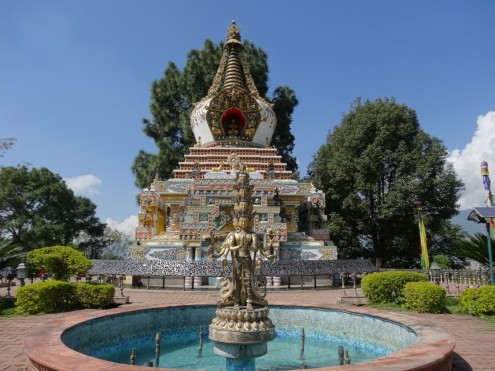
Stupa in the Kopan Garden
I started reading about Buddhism a couple of years ago as I was digging through philosophy and self-help books and fruitlessly challenging Google with queries such as “meaning of life” and “how to define success in life”. Being in Nepal, the birthplace of the Buddha over 2,500 years ago, I figured it would be a good time and place to go deeper.
Our course had three primary instructors: a Swedish nun who had taken her vows over 30 years ago soon after taking this course at Kopan herself, a man from Belgium who had been making retreats and volunteering at the monastery for around 10 years, and a Tibetan monk who lives at the monastery and had achieved the title of “Geshe” for completing studies comparable to a PhD degree. Our schedule was fairly rigorous: meditation at 6:30 am, 2 hours of morning teachings, one hour of small group discussions, another hour and a half of afternoon teachings, and evening Q&A and meditation. Over the duration of the course, we received an overview of Buddhist philosophy and religion, the path to enlightenment, and instruction on meditation.
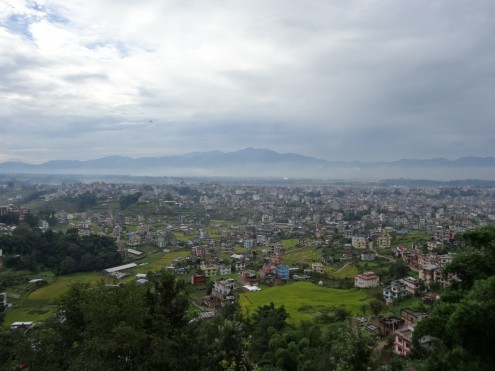
Kathmandu Valley view from the monastery
We learned that there are two types of meditation: single-pointed concentration (in which you develop your mental focus) and analytical meditation (in which you apply that focus to question the teachings, see if they make sense in your own experience, and realize them on a deeper level than just intellectual comprehension). Some of those analytical meditations were particularly jarring. For instance, contemplating the emptiness of my “self” and imagining my body reduced to its elements: 4 buckets of water and a few small piles of carbon, salts, and proteins. And rehearsing the experience of death, all physical sensations fading, mirage-like visions, and eventually nothing but consciousness of clear light.
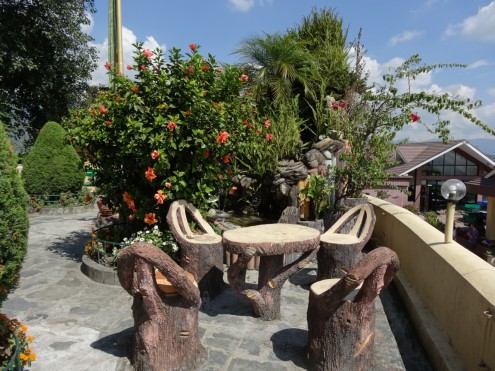
Peaceful places to sit
The course was designed for Westerners, and was attended by people from all over Europe, Australia, and the U.S. There were close to 150 attendees in total. We were housed in the monastery’s visitor dorms and provided three vegetarian meals per day. We stayed within the monastery gates for the entire 10 days. I checked email once, but otherwise didn’t use the Internet. I didn’t read any books other than Buddhist teachings, and I didn’t listen to any music. They say that cutting off from these external entertainments allows you to go deeper within yourself, and I think they are right.
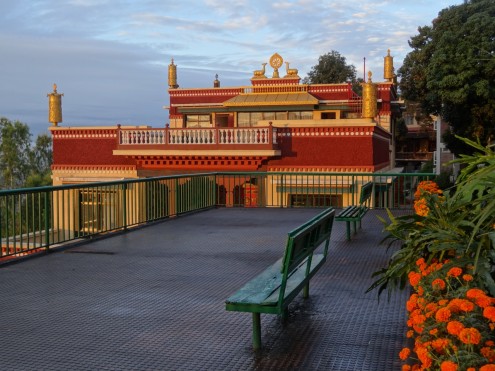
I previously thought meditation was a very relaxing exercise meant to clear your mind of thoughts and leave you feeling peaceful. I learned it’s not necessarily like that. During certain meditations I realized how stupid I have been and how badly I have acted many times in my life. In other meditations I found myself thinking ‘this is how I want to be’ and wanted to fire-brand the feeling of motivation and awe into my mind. A few times I even cried. So I think I got what I was supposed to get–I looked deep inside and saw the black and the gold.
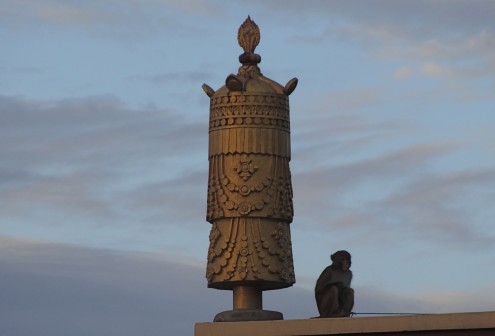
“Monk-ey” in meditation…massive eye rolls duly noted
The last two days of our course were run as a retreat. All participants maintained complete silence for the entire time and had six daily meditation sessions of 45 minutes each, covering the full scope of topics we had studied. On one of the evenings, we had a light ceremony in which we placed candles all around the stupa and the fountain in the monastery garden.
At the end of 10 days, I was very pleased with the experience. I learned a lot and left with many new topics to meditate upon. Perhaps most encouraging, I learned that the path to enlightenment is a graduated path. So while it is long–and difficult–each step not only brings you closer, but also elevates you.
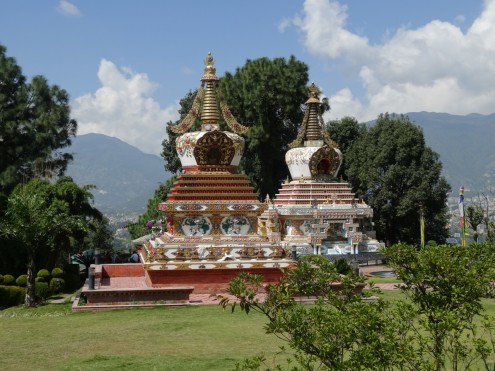
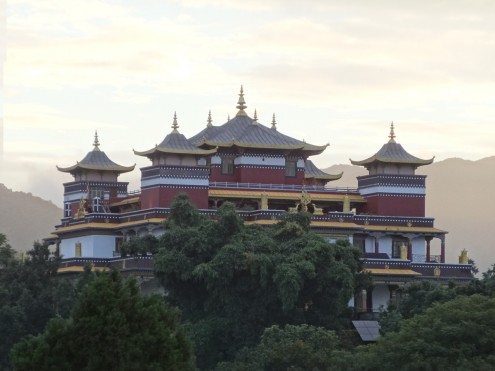
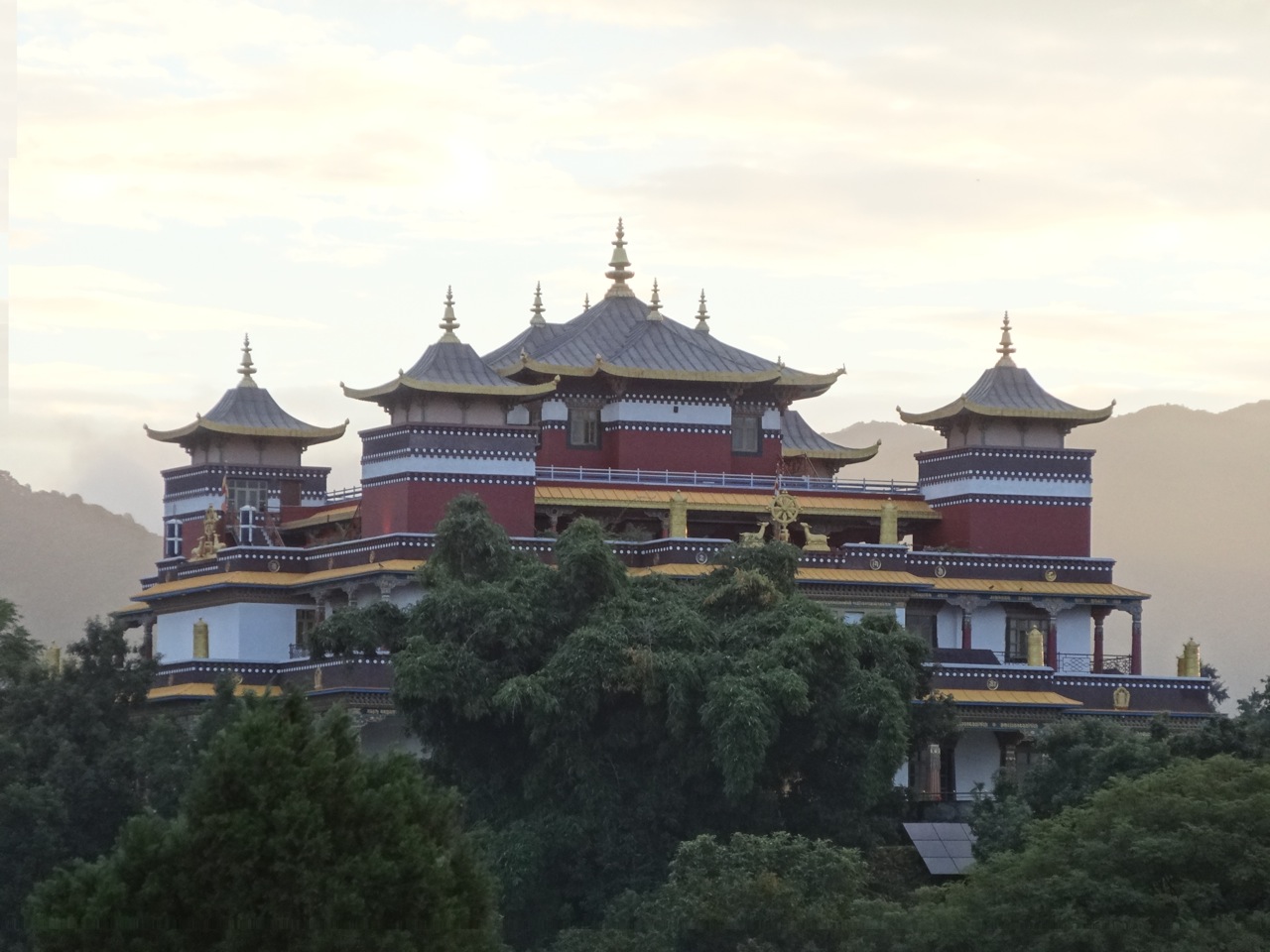
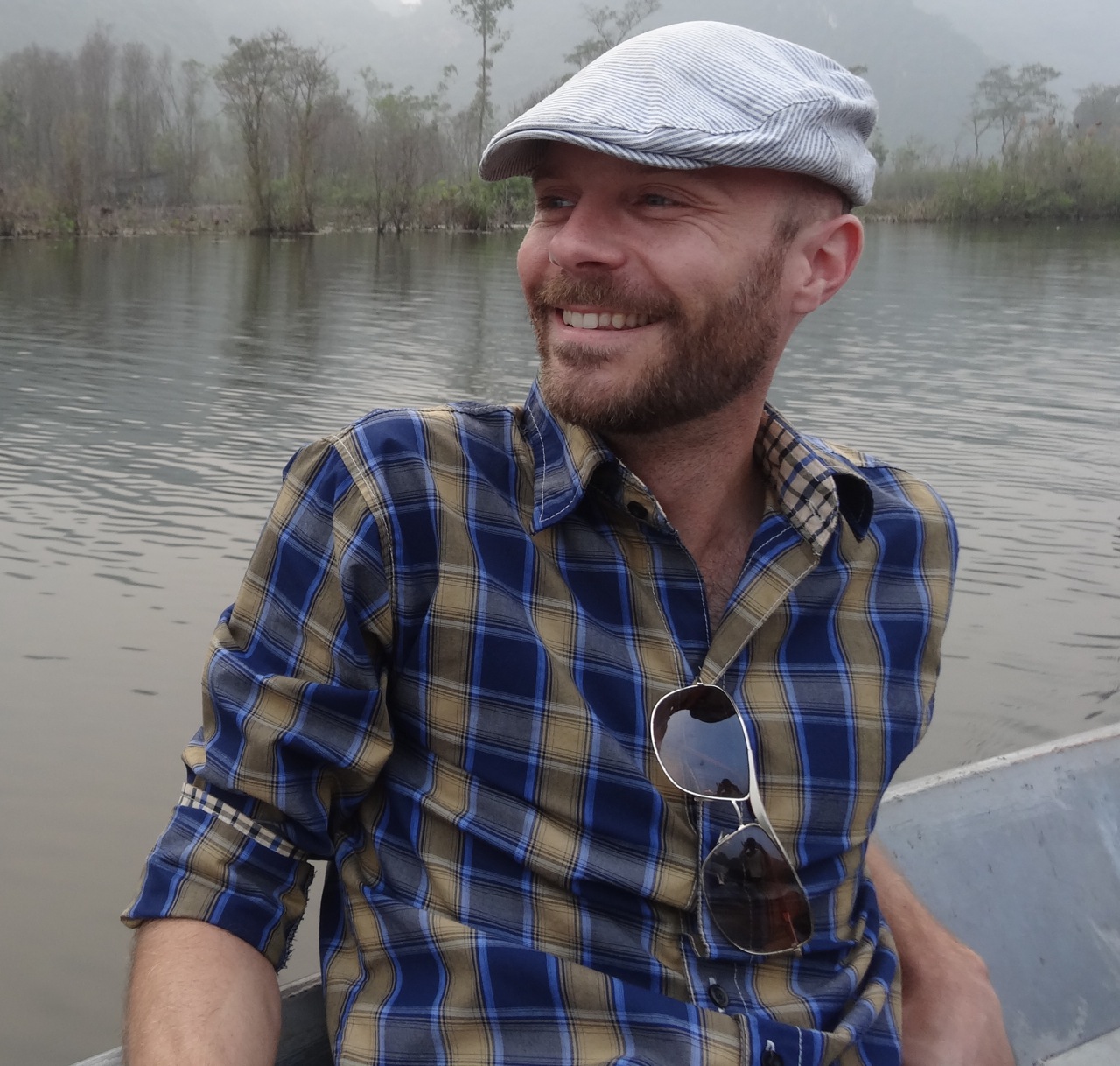
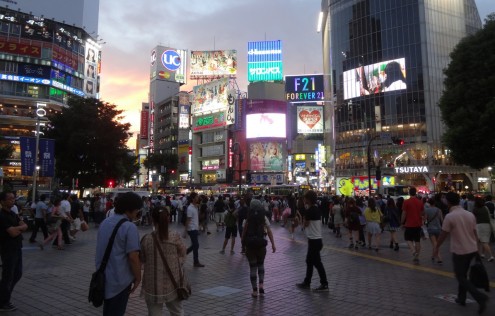



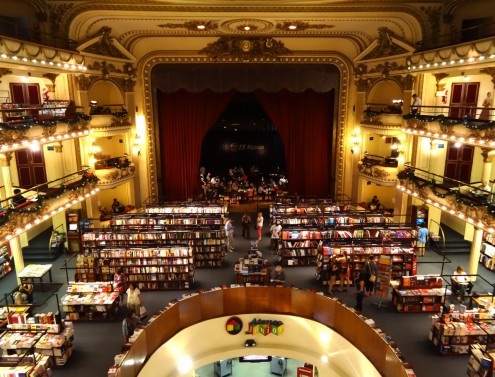
Michael, May the Buddha bless you. I am very happy for you that you are now on the path; it is not going to be easy, but it is worth it. I have been meditating for almost a lifetime and I am still discovering things about myself.
Roberto, thank you! I am grateful to have been introduced to the teachings and plan to keep up with the meditation, hopefully with as much dedication as you have.
Dear Michael…I’m going to stay to Kopan for 3 nights during my trip to Katmandu. Can you tell me something about rooms in monastery and if it’s easy to walk from there to Boudanath Stupa or to to to Thamel by taxi???
Daniela, I hope you have a great time! The monastery has several dorms–some are newer than others and the quality of the rooms varies. When I was there I stayed in one of the older dorms. It had unfinished cinder block interior walls, a concrete floor, two twin beds with hard mattresses, no heating/cooling system, one bulb for lighting, and a shared bathroom. So, not luxurious but perhaps fitting for a monk or a nun practicing renunciation. Some of the other dorms seemed to have nicer finishes and features. Some of the young monks work at reception for the monastery and respond to emails; they may be able to tell you about the dorm you are booked in and what to expect.
I think it would be possible to walk to Boudhanath Stupa, but not easy. The monastery is on a hill, so walking back uphill would be long. From the monastery you can easily get to Boudhanath Stupa by taxi, and easily get to Thamel by taxi.